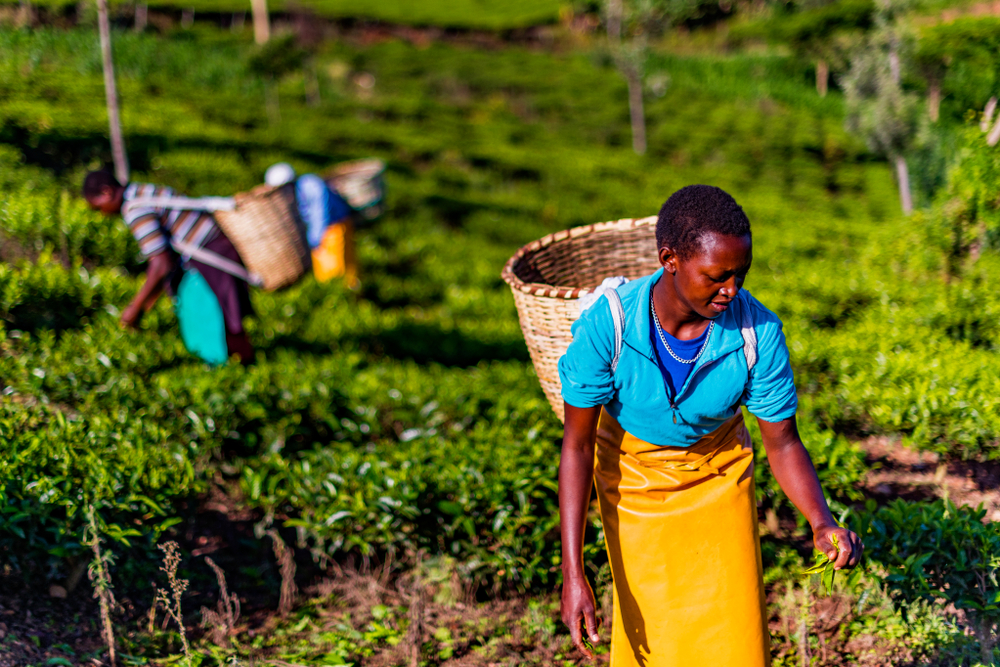Women produce 60-80 percent of the world’s food, and women are inherently better stewards of the environment than men. Or are they? Although frequently repeated, many such “truths” about women in agriculture are increasingly being debunked.
The myth of the noble and responsible rural woman still permeates many development initiatives. Within this narrative, all rural women have unwittingly been appointed the caretakers of not only the household but also farms and landscapes. This persistent discourse leaves women shouldering an unreasonable share of responsibility, and its misconceptions result in ineffective and, at times, counter-productive efforts to increase gender equity in agriculture.
The millions of women engaged in agriculture across the globe are a heterogeneous group with vastly different realities, opportunities, and challenges. Today, their roles are changing as part of the constantly evolving social, environmental, cultural and economic contexts they live in. This complexity makes it challenging to design and implement interventions to improve gender equity in agriculture.
Yet, doing just so increasing equity is a prerequisite for achieving sustainable intensification of agriculture, concludes a recent synthesis of three years of gender research carried out by the CGIAR Research Program on Water, Land, and Ecosystems (WLE).
It goes on to say that increased equity is both a practical and a social justice issue. Practical because, after all, women makeup half the population and play an important (however varied and evolving) role in agriculture. Ensuring that women have opportunities to participate in making food systems more sustainable therefore increases the chances that such a transformation will succeed. Equity is a social justice issue because some of the old gender myths do hold true in many cases, women have less access and control, fewer rights and opportunities, than men.
The simple answer is that there is no single truth about the role of women in agriculture today. There are many truths, and it is imperative that development interventions and investments are based on solid understandings of gender roles and dynamics in the local context. Over the past three years, WLE researchers have been shedding light on such dynamics, and have developed approaches to better understand them.





